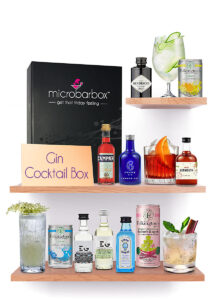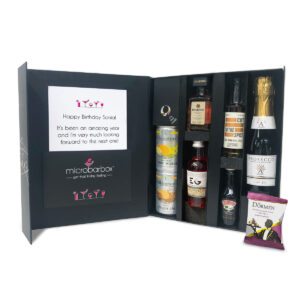- Gifts for Her
- Gifts for Him
- Gifts for Mum
- Gifts for Dad
- Gifts for Kids
- Gifts for Teens
- Gifts for Sister
- Gifts for Brother
- Gifts for Friend
- Gifts for Friend (Female)
- Gifts for Friend (Male)
- Gifts for Friend (Non-Binary)
- Gifts for Couples
- Gifts for Grandparents
- Gifts for Mums To Be
- Gifts for New Mums
- Gifts for New Dads
- Gifts for Bridesmaids
- Gifts for Best Man
- Gifts for Nan
- Gifts for Grandad
- Gifts for Her
- Gifts for Him
- Gifts for Mum
- Gifts for Dad
- Gifts for Kids
- Gifts for Teens
- Gifts for Sister
- Gifts for Brother
- Gifts for Friend
- Gifts for Friend (Female)
- Gifts for Friend (Male)
- Gifts for Friend (Non-Binary)
- Gifts for Couples
- Gifts for Grandparents
- Gifts for Mums To Be
- Gifts for New Mums
- Gifts for New Dads
- Gifts for Bridesmaids
- Gifts for Best Man
- Gifts for Nan
- Gifts for Grandad
- Gardening
- Sport
- Book Lovers
- Music Lover
- Gin Lover
- Travel Gifts
- Foodies
- Technology Enthusiasts
- Fitness Fanatic
- Artsy
- Home Proud
- Personalised Gifts
- £ 20
- £ 30
- £ 40
- £ 50
- £ 75
- £ 100
- Gifts for Her
- Gifts for Him
- Gifts for Mum
- Gifts for Dad
- Gifts for Kids
- Gifts for Teens
- Gifts for Sister
- Gifts for Brother
- Gifts for Friend
- Gifts for Friend (Female)
- Gifts for Friend (Male)
- Gifts for Friend (Non-Binary)
- Gifts for Couples
- Gifts for Grandparents
- Gifts for Mums To Be
- Gifts for New Mums
- Gifts for New Dads
- Gifts for Bridesmaids
- Gifts for Best Man
- Gifts for Nan
- Gifts for Grandad
- Gardening
- Sport
- Book Lovers
- Music Lover
- Gin Lover
- Travel Gifts
- Foodies
- Technology Enthusiasts
- Fitness Fanatic
- Artsy
- Home Proud
- Personalised Gifts
- £ 20
- £ 30
- £ 40
- £ 50
- £ 75
- £ 100
Login/Registration
a brief history of cocktails prezzie finders know how best to gift them
Prezzie Finders
09-Mar-2024
Gift Guides
We just teamed up with Micro Bar Box. They have incredible ways to bring cocktail history and your gift giving glory to life. I have put a few of their images and products in this quick brush through the history of making great tastes out of alcohol.
Why are They Called Cocktail Anyway?



